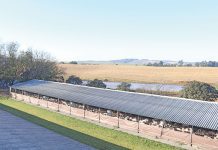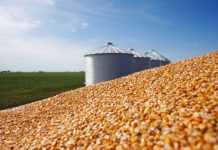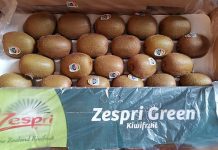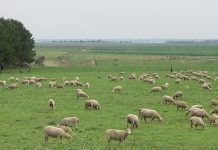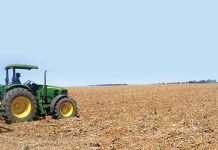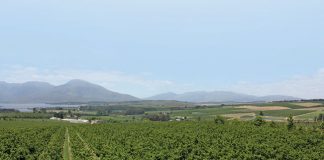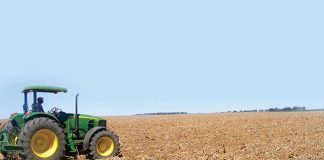In my previous article, we discussed the importance of location when determining the value and price of a farm. Location in relation to relevant markets and unsafe areas were of specific importance. This month’s article will concentrate on another major role player in the valuation of farmland: climate.
Climate is a critical aspect in determining what and how much can be produced in any particular area, as well as how much a purchaser is prepared to pay for land. It includes aspects unique to an area such as rainfall, temperature, hail and wind.
Rainfall – too much, too little?
This word might be one of the most powerful prayer-starters in a farmer’s vocabulary. Some pray for more, some pray for less. Whichever the case, rainfall has a significant influence on the price of farmland per hectare.
In areas where rainfall is scarce, such as the Kalahari, farmers are forced to purchase larger areas of land in order to sustain a viable farming business. That same business can be successfully sustained on smaller farmland in areas that receive higher rainfall, such as Mpumalanga and North West.
Price per hectare therefore decreases in dryer areas compared with areas that receive more rainfall.
Temperature
Temperature plays a significant role in determining which type of crop can be planted where. Some crops, such as potatoes and avocados, need a frost-free growing period, while crops such as apples need cold winters to initiate proper flowering.
The suitability of areas for specific crops plays a role in the price the purchaser is prepared to pay for that land.
Hail
Damage due to hail can be catastrophic – an entire crop can be destroyed by a single storm. Not only does hail destroy a crop, it damages plant stems, and the resulting lesions serve as an entrance point for fungus and other diseases. Hail can thus have a long-term effect and should not be viewed as isolated damage. Hail netting can mitigate the risk of hail damage.
Although this security increases the establishment costs of orchards and vineyards, the high cost is not fully reflected in the price of the established vineyard.
The Lowveld of Mpumalanga, Loskop Valley, Brits and other irrigation areas are well-known as high-risk hail areas. During the 2003/2004 season, a farmer in the Loskop Valley lost nearly R32 million in one hailstorm, which destroyed his entire citrus crop and damaged young vineyard plants that had not yet been covered by netting. The cost of netting compared with the risk of crop loss should thus be carefully considered.
Wind
Although less consideration is given to wind, this climatic factor can have a great influence on the suitability of certain areas for specific crops. A good example is the Gamtoos Valley in the Eastern Cape, which is well-known for citrus production. The area closer to the river mouth is unfit for citrus production, due in part to exposure to strong winds blowing in from the sea. The wind results in leaves rubbing against fruit, which causes unsightly marks. This in turn lowers the fruit’s grading, making it unfit for export.
The result? Farmers pay less per hectare for farmland in that area. The complex nature of climate in relation to its suitability for specific farming businesses must be carefully considered when purchasing farmland. A specific climate brings with it specific risks, which all form part of the equation of value.
Source: Farm Valuations in Practice (Pienaar, 2013).

